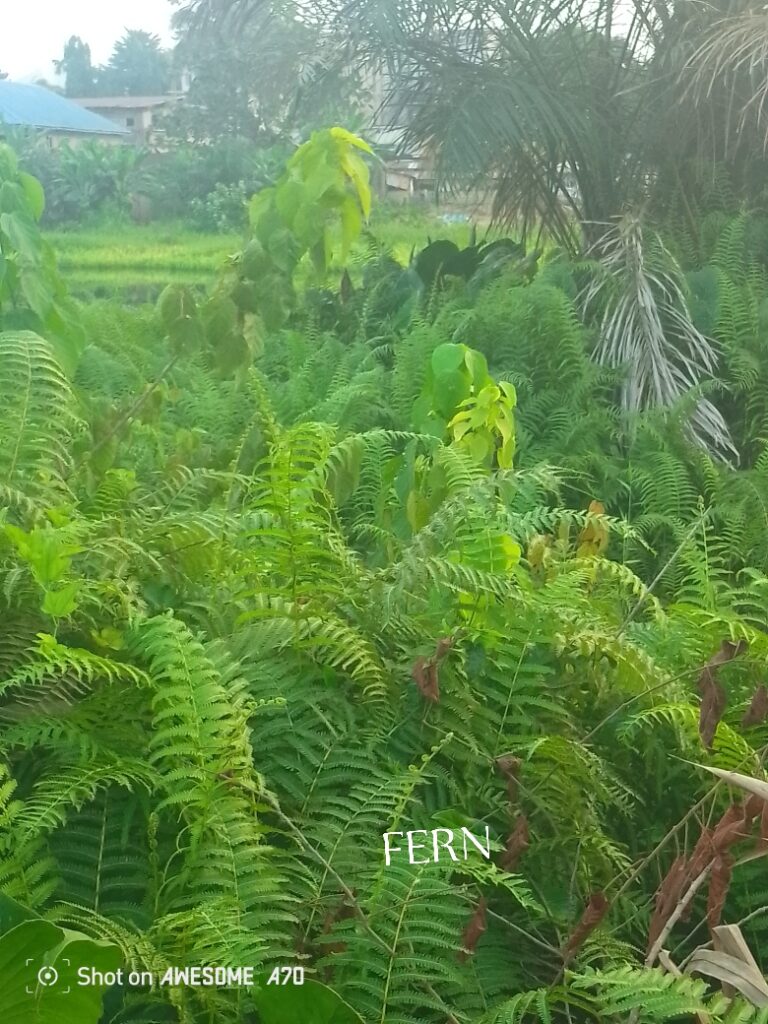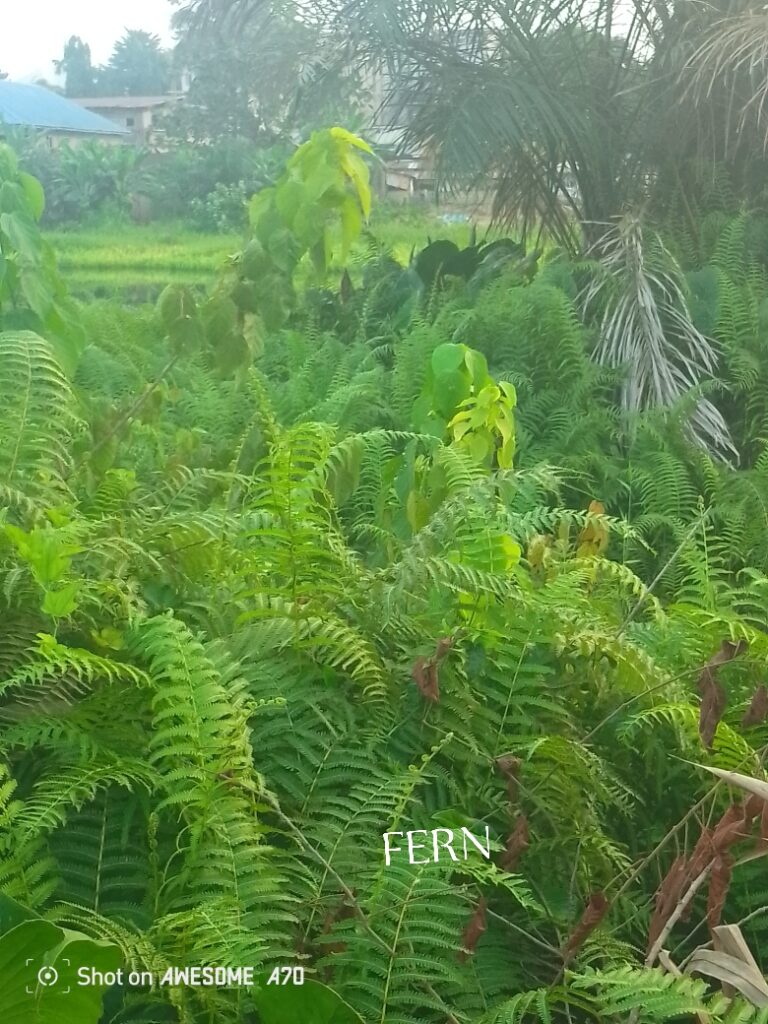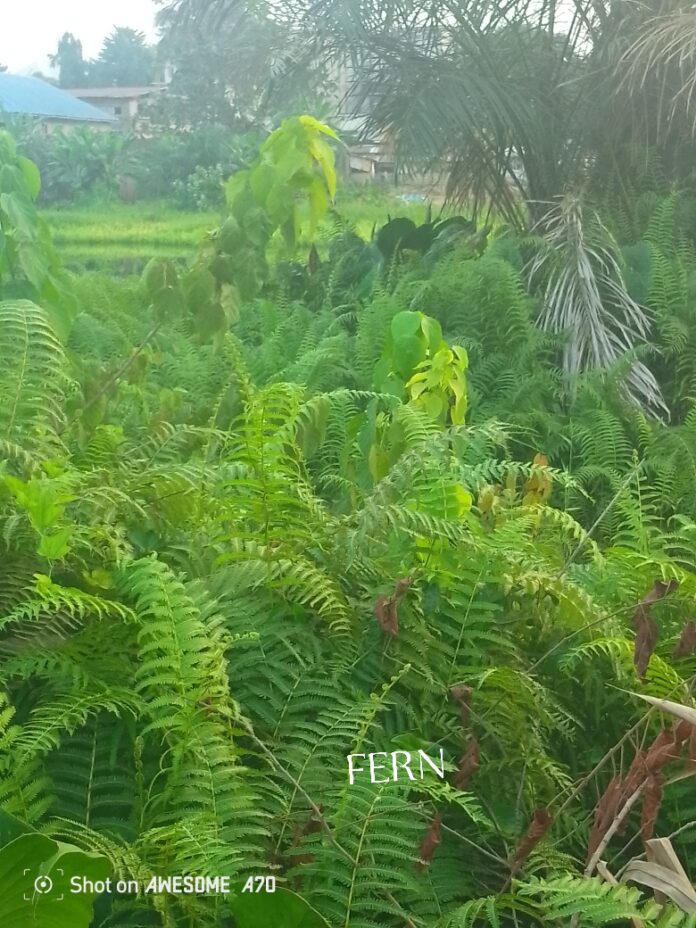Learn about the fast spreading bracken-fern.
INTRODUCTION: Bracken fern or bracken Fern plant is a genus of large, coarse ferns in the family Dennstaedtiaceae. Ferns are vascular plants that have alternating generations, large plants that produce spores and small plants that produce sex cells. Brackens has large, highly divided leaves
GROWTH: Bracken has a black rootstock that creeps extensively underground and at intervals sends up fronds. Individual rhizomes spreading up to about 400 metres (1,300 feet) in length, making bracken one of the largest plants in the world. The fronds may reach a height of 5 metres (16 feet) or more and, despite dying in autumn, often remain standing throughout the winter, affording cover for game in some regions. The minute spores are incredibly lightweight, which has enabled the plant to spread nearly worldwide.
EFFECT: Bracken can cover a large scale of open ground and aggressively takes over pastures and fields. Once allowed, it becomes nearly impossible to eradicate. Because of its ability to render land unfit for other plants to survive and thrive.
The fast spreading bracken fern is an invasive and toxic plant, known for its widespread distribution, harmful effects on livestock, and historical medicinal uses.
The fast spreading Bracken fern is poisonous to cattle, sheep, and horses; sheep, however, are more resistant. Bracken contains a thiaminase inhibitor that leads to the development of thiamine https://www.google.com/url?sa=t&source=web&rct=j&opi=89978449&url=https://www.dnr.sc.gov/marine/mrri/acechar/speciesgallery/Plants/BrackenFern/index.html%23:~:text%3DOver%2520the%2520centuries%252C%2520bracken%2520fern,an%2520ointment%2520for%2520flesh%2520wounds.&ved=2ahUKEwiJ4L3-sMaMAxUfG9AFHTQmHcYQFnoECGkQBQ&usg=AOvVaw2r8AP1478Q9U4VyCYZeVt9deficiency in horses that can be remedied by giving thiamine. Research has indicated that bracken fern is also carcinogenic. Milk from cows that graze bracken fern may be hazardous to humans.
Livestock losses have been high in the Pacific Coast States, as well as in the Eastern and Midwestern States and some areas of the Intermountain West.
All portions of the fern – both green and in garvested hay – are poisonous to livestock. The toxin is ptaquiloside, a nor-sesquiterpene glycoside
DESCRIPTION : Bracken fern have a wide distribution range in North America. Ferns are found in every state in the U.S. and provinces in Canada. The habitat of these ferns include open woodlands, pine forest, wet swamps, and marshes. They prefer to grow in slightly shaded areas with sandy or rocky soils. Fern are scattered in wetlands in Nigeria especially south east zone of the country.
Like every plants, Bracken fern source of energy is from the sun through photosynthesis. Plants including fern needs soil, water, and sunlight to survive.
USES: It is used as vermifuge, diuretic, astringent and purgative. The Cherokee Indians used the plant as a tonic, antiseptic and antiemetic, and the Europeans used it to reduce swelling and hardness of the spleen, as well as an ointment for flesh wounds. Although many cultures used this species as food, including modern-day wild food enthusiasts, recent studies have shown it to be carcinogenic. This species is not a food source for cattle and horses since it can cause severe poisoning.
In areas where it occurs in dense colonies, it can provide valuable cover for a variety of birds, small mammals, and other animals.




